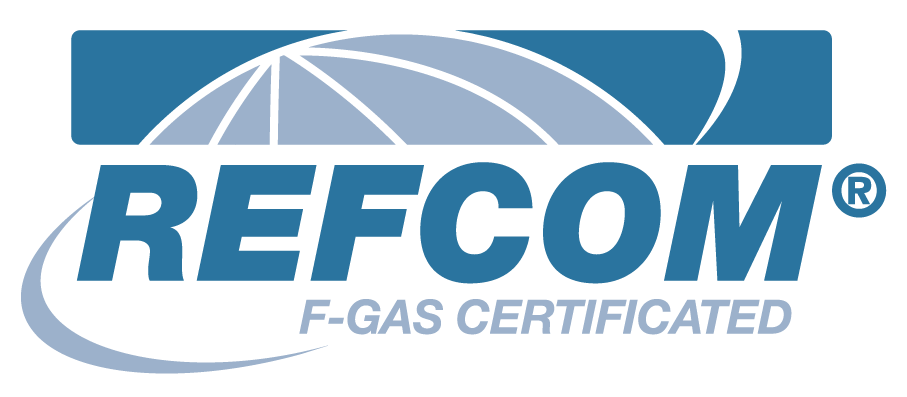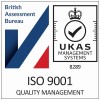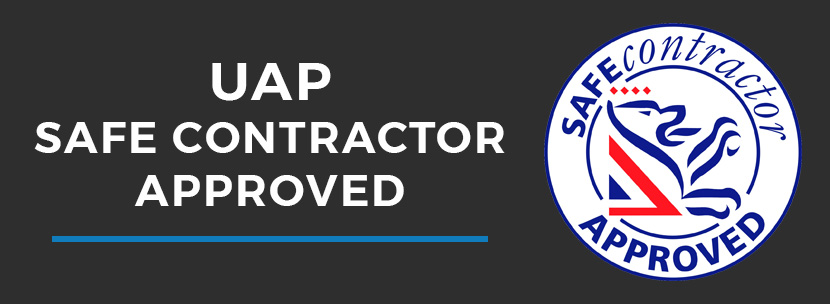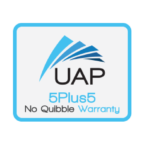In recent years, employers have become increasingly more aware of their responsibility to comply with breathing air standards and regulations. The most commonly specified standard for the prescription of breathable air is BS 4275:1997 ‘Guide to implementing an effective respiratory protective device programme’ which was withdrawn on 22 November 2005.
This was then replaced on that date by BS EN 529:2005 respiratory protective devices. Recommendations for selection, use, care and maintenance. Unlike BS 4275 the new standard BS EN 529 does not identify an air purity specification but indicates in annexe A, clause 4.5 that reference be made to BS EN 12021.
BS EN 12021 ‘Respiratory protective devices – Compressed air for breathing apparatus’ is now the only standard to indicate contaminant levels for breathing air both in the UK and in the EU.









